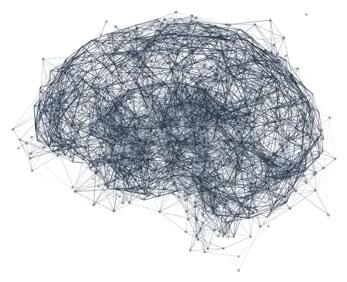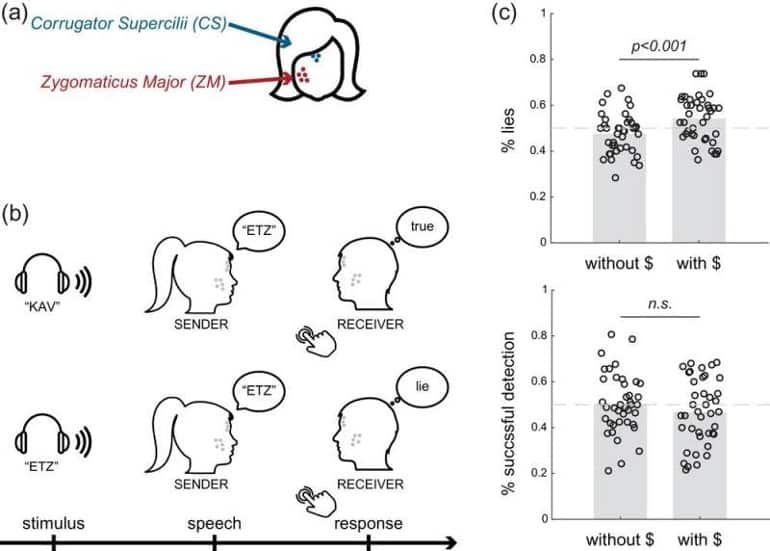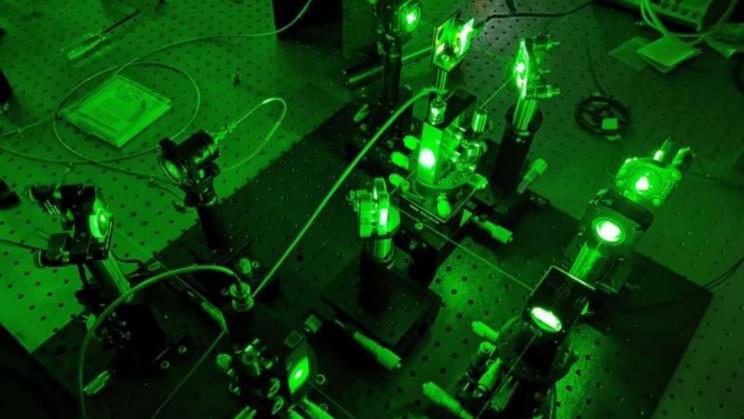The properties of a complex and exotic state of a quantum material can be predicted using a machine learning method created by a RIKEN researcher and a collaborator. This advance could aid the development of future quantum computers.
We have all faced the agonizing challenge of choosing between two equally good (or bad) options. This frustration is also felt by fundamental particles when they feel two competing forces in a special type of quantum system.
In some magnets, particle spins—visualized as the axis about which a particle rotates—are all forced to align, whereas in others they must alternate in direction. But in a small number of materials, these tendencies to align or counter-align compete, leading to so-called frustrated magnetism. This frustration means that the spin fluctuates between directions, even at absolute zero temperature where one would expect stability. This creates an exotic state of matter known as a quantum spin liquid.








